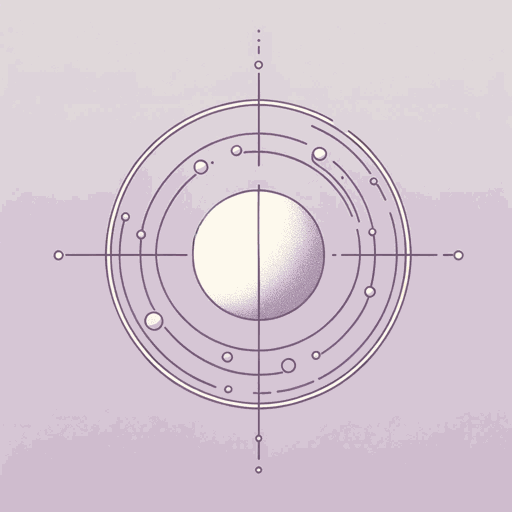46 pages • 1 hour read
Ursula K. Le GuinLavinia
Fiction | Novel | Adult | Published in 2008A modern alternative to SparkNotes and CliffsNotes, SuperSummary offers high-quality Study Guides with detailed chapter summaries and analysis of major themes, characters, and more.
Themes
Accepting and Resisting Fate
Content Warning: This section discusses child death.
The characters in Lavinia all have the opportunity to accept or resist their fates. Amata chooses again and again to resist, starting when her young sons die. She can’t accept their deaths, so she becomes cruel and unpredictable instead of settling into her role as queen. She tries to force Lavinia to marry Turnus despite all orders and omens forbidding the match. Her desire to control her own life complicates the plot but also demonstrates a certain strength. Like Amata, Turnus wants to resist fate, ignoring omens and Latinus’s explicit decrees that Turnus will never marry Lavinia. At the end of his life, Turnus changes, accepting his fate in surrendering to Aeneas. This decision makes Turnus a more sympathetic character in his final moments.
Lavinia generally accepts her fate, even though she knows that she must mourn Aeneas’s death after only three years of their marriage. She asks Aeneas once to give up his crown but immediately after making this request feels guilty for trying to change fate. Aeneas is likewise prepared to accept his fate, as he has been ever since the Trojan War. He followed Creusa’s instruction to go west, even when accepting his fate meant leaving Dido.
Related Titles
By Ursula K. Le Guin

A Wizard of Earthsea
Ursula K. Le Guin

The Dispossessed
Ursula K. Le Guin

The Lathe Of Heaven
Ursula K. Le Guin

The Left Hand of Darkness
Ursula K. Le Guin

The Ones Who Walk Away from Omelas
Ursula K. Le Guin

The Tombs of Atuan
Ursula K. Le Guin

The Word for World is Forest
Ursula K. Le Guin
Featured Collections
Appearance Versus Reality
View Collection
Books & Literature
View Collection
Books on Justice & Injustice
View Collection
Books that Feature the Theme of...
View Collection
Books that Feature the Theme of...
View Collection
Brothers & Sisters
View Collection
Childhood & Youth
View Collection
Coming-of-Age Journeys
View Collection
Community
View Collection
Daughters & Sons
View Collection
Family
View Collection
Fate
View Collection
Fathers
View Collection
Forgiveness
View Collection
Good & Evil
View Collection
Grief
View Collection
Hate & Anger
View Collection
Loyalty & Betrayal
View Collection
Marriage
View Collection
Memorial Day Reads
View Collection
Memory
View Collection
Military Reads
View Collection
Mortality & Death
View Collection
Mothers
View Collection
Mythology
View Collection
Order & Chaos
View Collection
Pride Month Reads
View Collection
Pride & Shame
View Collection
Trust & Doubt
View Collection
Valentine's Day Reads: The Theme of Love
View Collection
War
View Collection

